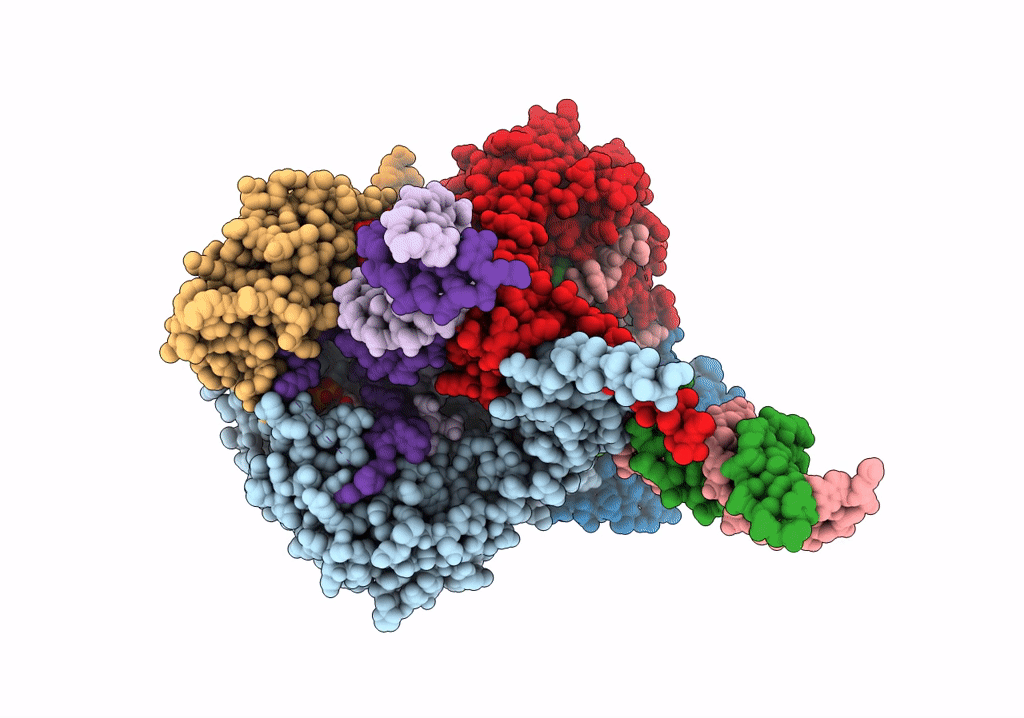
Deposition Date
2019-06-19
Release Date
2019-10-30
Last Version Date
2024-03-20
Entry Detail
PDB ID:
6PE2
Keywords:
Title:
Drosophila P element transposase strand transfer complex
Biological Source:
Source Organism:
Drosophila melanogaster (Taxon ID: 7227)
Host Organism:
Method Details:
Experimental Method:
Resolution:
4.00 Å
Aggregation State:
PARTICLE
Reconstruction Method:
SINGLE PARTICLE


